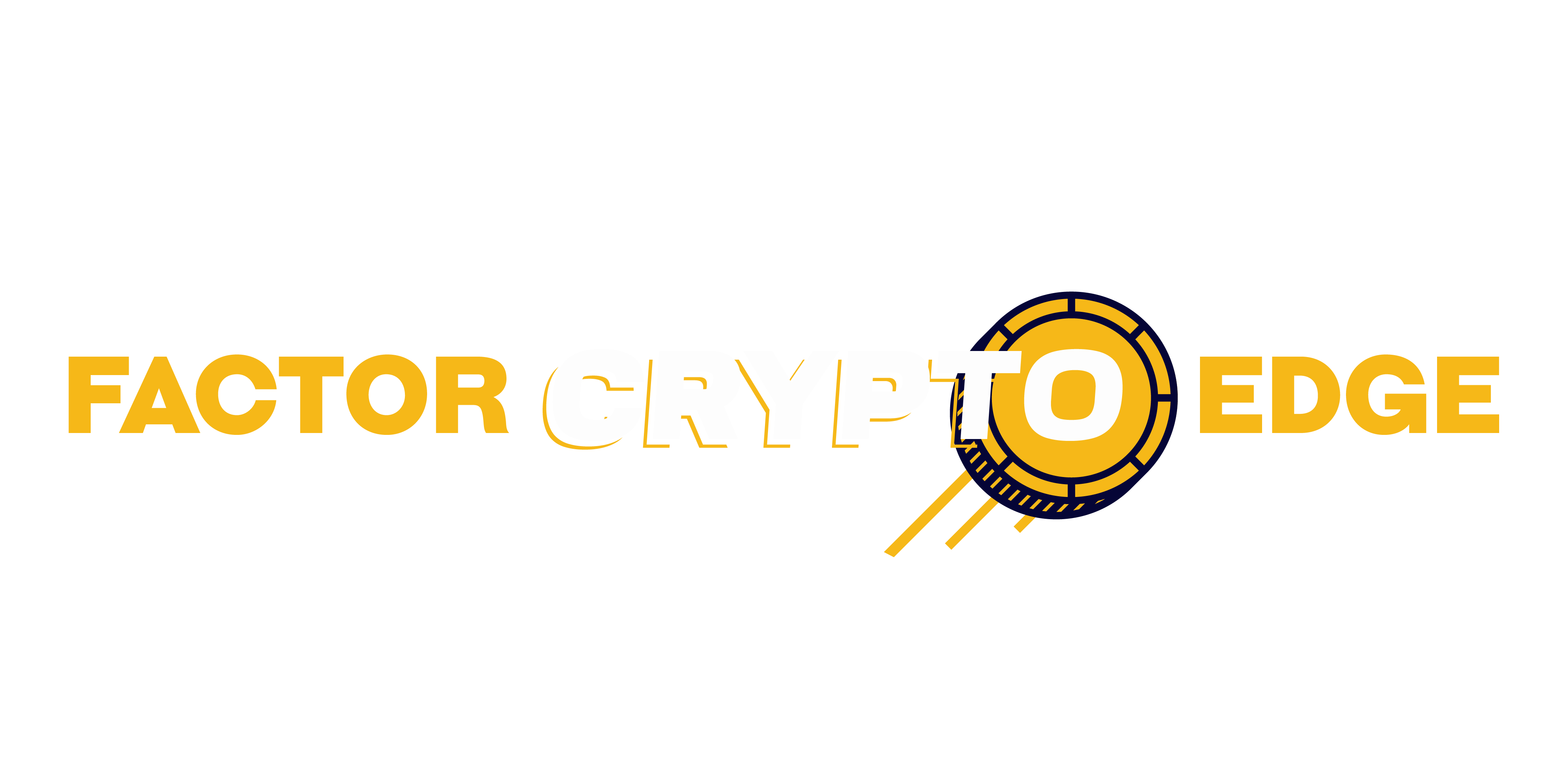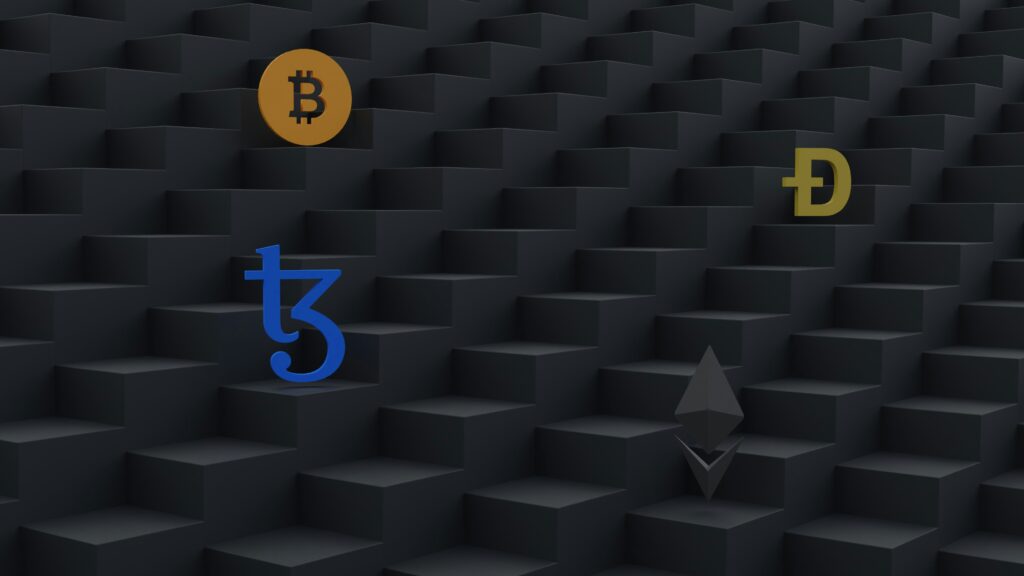The Scaling Problem in Blockchain
Scalability sits at the heart of blockchain’s biggest challenges. If a network can’t handle growth—more users, more transactions, more applications—it doesn’t matter how secure or decentralized it is. Right now, most blockchains struggle to keep pace when demand picks up. That’s where the problem starts.
In the crypto world, this is often framed as the “blockchain trilemma”: decentralization, security, and scalability. The idea is that you can optimize two, but the third takes a hit. For Bitcoin and Ethereum, strong security and decentralization came at the cost of speed. For newer, faster chains, decentralization sometimes dips.
The real-world impact? Sluggish transaction speeds. Network congestion. Sky-high gas fees. Users often get priced out or left hanging during spikes in network traffic. This has held back mainstream adoption—not because people don’t get the tech, but because they can’t afford to use it or it’s just too slow.
Scalability isn’t just a developer headache—it’s a make-or-break factor for crypto’s future. Fix it, and blockchain can go global. Fail, and adoption stays niche.
Throughput Limitations
The simplest way to put it: blockchains are slow. Most popular networks like Ethereum and Bitcoin can only process double-digit transactions per second—far behind centralized players like Visa, which handles over 65,000 TPS on a good day. This bottleneck makes blockchain feel like dial-up in a fiber-optic world.
Why the lag? Blockchains prioritize decentralization and security, which means every transaction needs to be verified by multiple nodes before it’s confirmed. That redundancy is part of the design, but it also grinds speed to a crawl when demand ramps up.
Ethereum is a prime example. Even after significant upgrades, it struggles to push past 30 TPS on its base layer. Bitcoin? Roughly 7 TPS, and that’s on a good day. These limits aren’t just technical—they’re existential. If chains can’t scale up throughput, they can’t serve global user bases or power mainstream apps.
Network Congestion & High Fees
When too many people use a blockchain at once, things break down fast. Congestion hits, transactions get stuck in pending limbo, and fees skyrocket. This isn’t theory—it happens regularly. NFT drops, token launches, or viral DeFi dApps flood the network, and suddenly sending $10 in crypto costs $80 in gas.
The impact is blunt but clear: high activity turns blockchain into a luxury product. Everyday users, especially those in emerging markets, get priced out. This undercuts one of blockchain’s original promises—financial access for all.
Data Storage and Bloat
Each block in a blockchain contains transaction data, and those blocks don’t disappear. They pile up. That means full nodes—which store the entire chain—grow heavier every day. Running one requires not just decent bandwidth, but hefty storage.
As chains balloon into hundreds of gigabytes or more, fewer people can run full nodes. Fewer nodes means weaker decentralization and more reliance on centralized infrastructure. The problem isn’t just disk space—it’s the risk of turning blockchains into tech only elite actors can afford to maintain.
Interoperability and Fragmentation
We’ve got dozens of chains now. Ethereum, Solana, Avalanche, Polkadot—you name it. The problem? Most don’t talk to each other well. Assets and data can’t move freely, and users are forced into fragmented silos.
This hurts scale. Developers have to build separate versions of the same app on each chain. Users need multiple wallets and bridge protocols to navigate the ecosystem. Cross-chain bridges try to help, but they’re often clunky, slow, and high-risk. Real scalability isn’t just about speed—it’s about unifying the mess into something people can actually use.
Layer 2 Technologies
Onchain scaling is expensive. Layer 2 (L2) isn’t just some buzzword anymore—it’s how user-facing blockchain apps are surviving. Layer 2 solutions sit on top of main blockchains (Layer 1), relieving congestion and cutting costs without bailing on decentralization.
Take rollups. These bundle thousands of transactions and post them as compressed data onto L1. There are two major variants: Optimistic Rollups and Zero-Knowledge (ZK) Rollups. Optimistic assumes transactions are valid by default and only checks if fraud is challenged. It’s fast but has a dispute window. ZK Rollups, on the other hand, use cryptographic proofs to validate transactions instantly—more complex, but tighter security. Both reduce gas costs massively and boost throughput.
Sidechains offer another path. They’re independent blockchains running in parallel with the mainnet, often with lighter consensus rules to boost speed. The upside is flexibility and speed. The downside? Reduced security, since they don’t inherit all of L1’s robustness. It works well for certain applications, but rarely for permissionless DeFi at scale.
Some key players? Arbitrum and Optimism are leading the Optimistic rollup space. zkSync and Starknet are pushing ahead with ZK tech. Polygon combines sidechain functionality with zkEVM rollups. Each comes with trade-offs—developers have to choose what favors their use case: speed, cost, or stronger trust guarantees.
In short, Layer 2 is not optional anymore—it’s foundational for scaling the blockchain UX we’re all aiming for.
The Road Forward
Scaling blockchain isn’t about one magic solution—it’s about stacking multiple strategies without losing the soul of the system. Combine too aggressively and you risk weakening decentralization or inviting new attack vectors. Go too slow and user growth stalls. The industry will need modular approaches: integrating layer 2s with solid bridges, leveraging sharding smartly, and picking consensus models that aren’t just fast, but fair.
Mass-scale adoption won’t happen in one big bang. Realistically, we’re looking at a multi-year timeline. Layer 2 rollups are gaining traction now, but widespread trust and seamless UX will take time. Sharding won’t solve everything overnight either—coordination, testing, and gradual deployment are key. Think long-term: 2026 is when things might feel truly seamless at scale.
Developers sit at the center of this evolution—and they’ve got their hands full. Building apps that function across chains, with low latency, without alienating users takes work. The biggest hurdle? User experience. Wallet confusion, complex bridges, erratic fees—all of it creates friction. For blockchain to scale without losing people, simplicity has to be a priority. Complexity might be baked into the backend, but for the average person, it needs to feel as easy as logging in and getting started.
Conclusion
Beyond the Code: Scaling Is an Ecosystem Effort
Scaling blockchain goes far beyond just writing more efficient code. It touches every corner of the ecosystem—from infrastructure to consumer adoption. That means developers, miners, validators, protocol designers, platforms, and even end users all play a role in making scalability a reality.
- True scalability requires alignment across many stakeholders
- Governance models and incentives must evolve with technology
- Education and user onboarding are as critical as code updates
Every Solution Has a Trade-Off
While significant progress has been made, no single solution solves all scaling challenges without consequence. Each method—whether it’s Layer 2, sharding, or new consensus mechanisms—introduces advantages, but also new risks or complexities.
- Rollups improve throughput but complicate security layers
- Sharding increases capacity but demands complex coordination
- Bridges offer interoperability but remain vulnerable to exploits
Creators and builders must navigate these trade-offs with caution and strategic vision. Choosing the right combination of tools depends heavily on the goals and context of each blockchain project.
The Future: Smarter Design, Stronger Foundations
Successful scaling in the years ahead won’t come from shortcuts. Instead, it will be driven by a layered approach: smarter system design, tighter security practices, better developer tooling, and user-friendly interfaces.
- Expect project-specific scaling blends rather than one-size-fits-all solutions
- Decentralization must remain a primary value, even as networks grow
- Security and UX should evolve in parallel to prevent regressions
Scaling blockchain is not just a technical milestone—it’s a long-term commitment to better infrastructure, more equitable access, and a more unified ecosystem.
Need context on blockchain fundamentals? Check out our Comprehensive Overview of Blockchain


 Kevin Taylorainers played a key role in building Factor Crypto Edge, contributing his expertise in market research and content development. His efforts in gathering reliable data and analyzing industry movements have helped shape the platform into a trusted source for cryptocurrency insights, ensuring readers receive clear and accurate information.
Kevin Taylorainers played a key role in building Factor Crypto Edge, contributing his expertise in market research and content development. His efforts in gathering reliable data and analyzing industry movements have helped shape the platform into a trusted source for cryptocurrency insights, ensuring readers receive clear and accurate information.